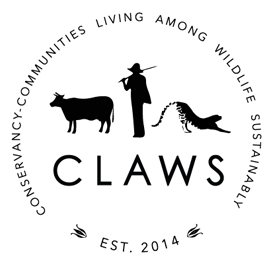Scent of a Wolf Project, Montana

15 year old wolf at the Wolf Conservation Center in Salem, New York


Study Area

Three?
It's amazing how well these three wolves blend into the Montana landscape. As we were leaving, they began to howl.

Greater Yellowstone
Shanthanu Bhardwaj's Gray wolf photo from Yellowstone.

A captive wolf from the Grizzly and Wolf Discovery Center, one of our potential partners for wolf scent marking study.






There is no greater symbol of the America West than a wolf pack howling on a mountain ridgeline at dusk. Regardless of their majesty, wolves have been at the center of the human-wildlife debate in the western states since their reintroduction in 1995.
As profit margins become smaller for cattle ranchers, many feel that the reintroduction of wolves has added stress to an already fragile economic balance. Ranchers, after all, actively and purposefully removed wolves 90 years ago. With their reintroduction, wolves have the potential to kill livestock but also stress female cattle causing miscarried pregnancies and loss of weight. Though many ranchers are upset about the return of wolves, some are more tolerant and feel that wolves have a place in the system as long as conflicts remain low.
Keeping wolves out of high conflict areas is essential for maintaining a healthy coexistence between the ranchers and these apex predators. Many potential non-lethal solutions have been proposed with varying success including shock collars on wolves, noisemakers and flashing lights, aversive conditioning on dead livestock, flagging and many others. To design a solution to this issue we are looking to wolf biology and behavior and are asking this question: “What do wolves avoid in nature?” Wolves already have a system of avoidance inherent in their territorial behavior. When wolves howl and scent mark, they are communicating to their neighbors all the vital information required to maintain their territories while minimizing potentially fatal confrontations. These territorial cues likely advertise the age structure and sex ratio of the pack and the timing of their most recent visit to the area. Wolves can assess this information to decide whether to intrude on a neighbor or back off.
Field studies have tested the use of scent marks as ‘bioboundaries’ for African wild dogs in Botswana and ‘biofences’ for wolves in Idaho. Both of these studies have shown tremendous promise as these species appear to respect the marks of a large unknown pack. We are working with the Grizzly and Wolf Discovery Center in West Yellowstone to collect captive wolf scent marks for field trials. We will pair these captive marks with recorded howls to test the biofence on wolves venturing into hostile ranchland along the northern boundary of Yellowstone National Park. We are currently negotiating collaborations with Park biologists, State Officials and ranchers for a field trial. Stay tuned.
#scentofawolf








